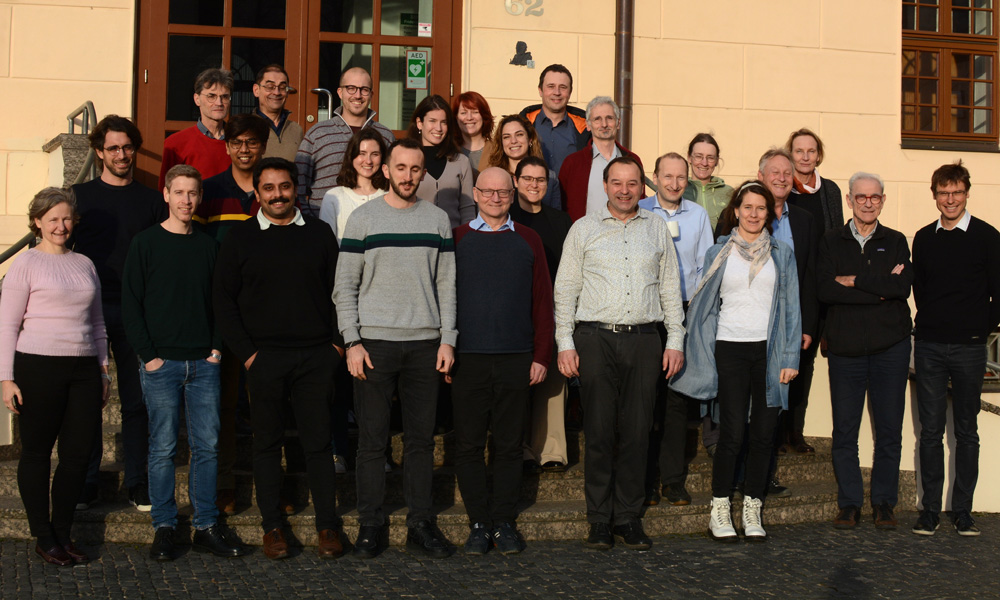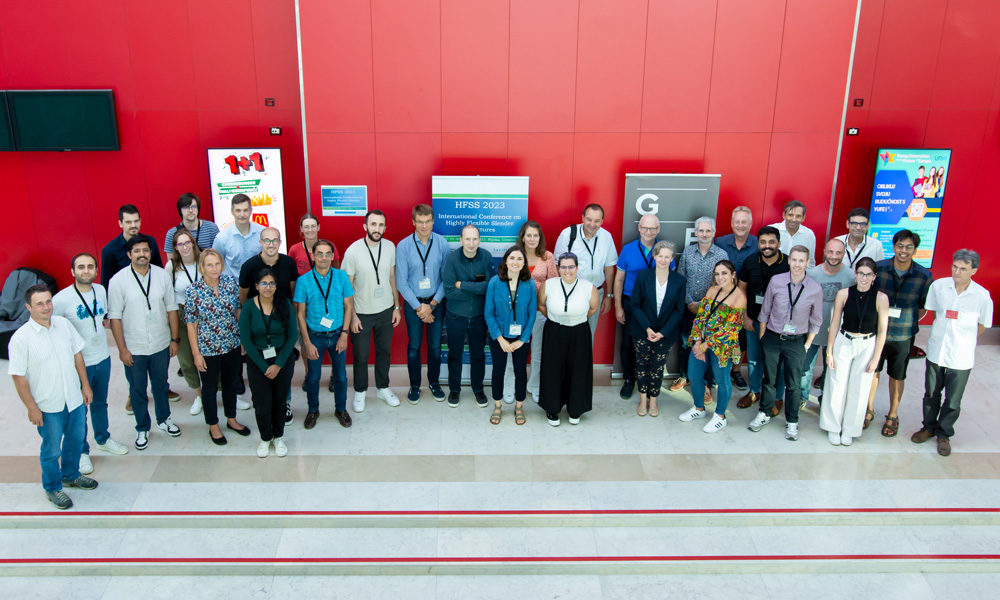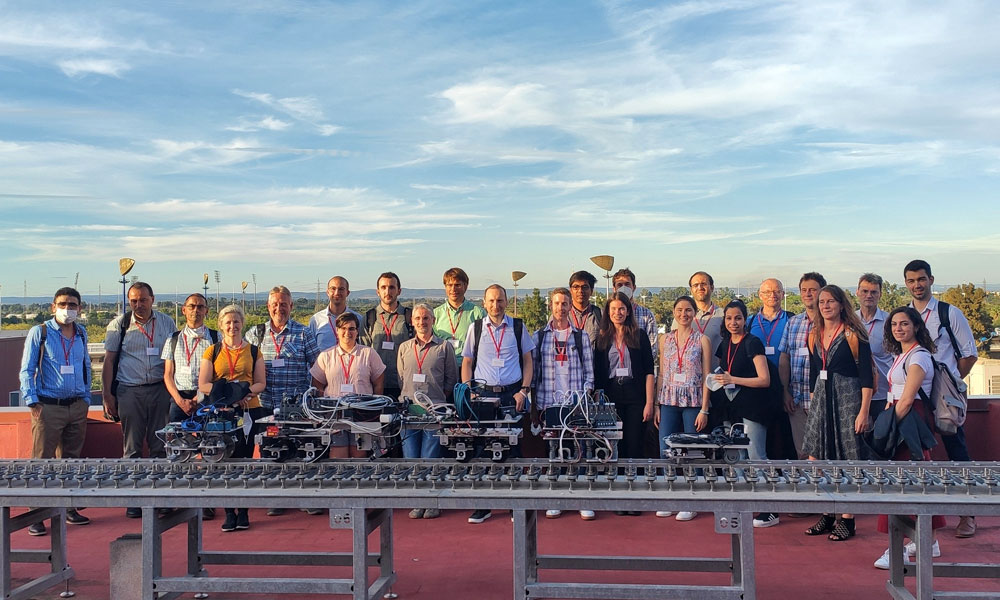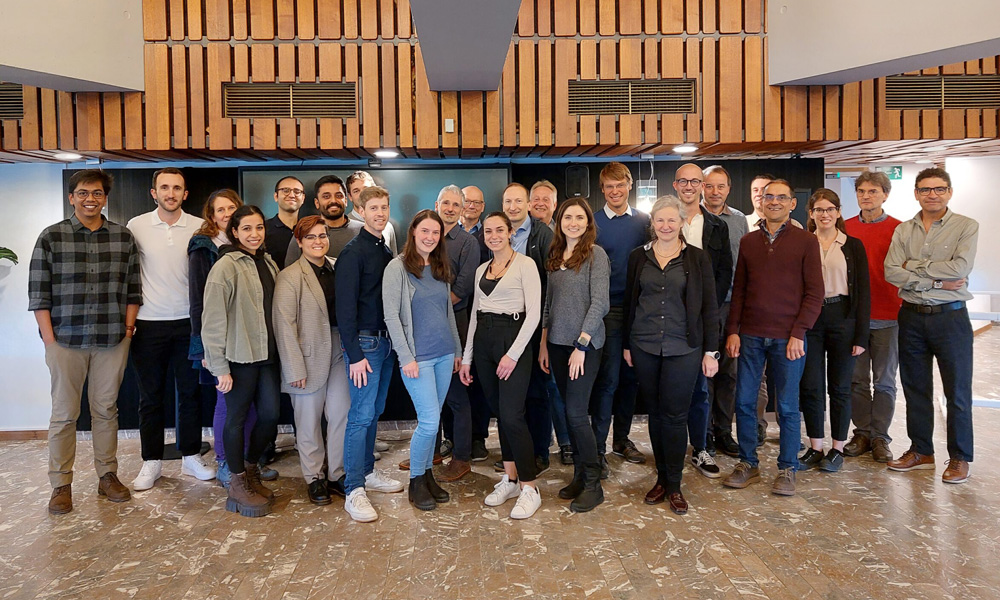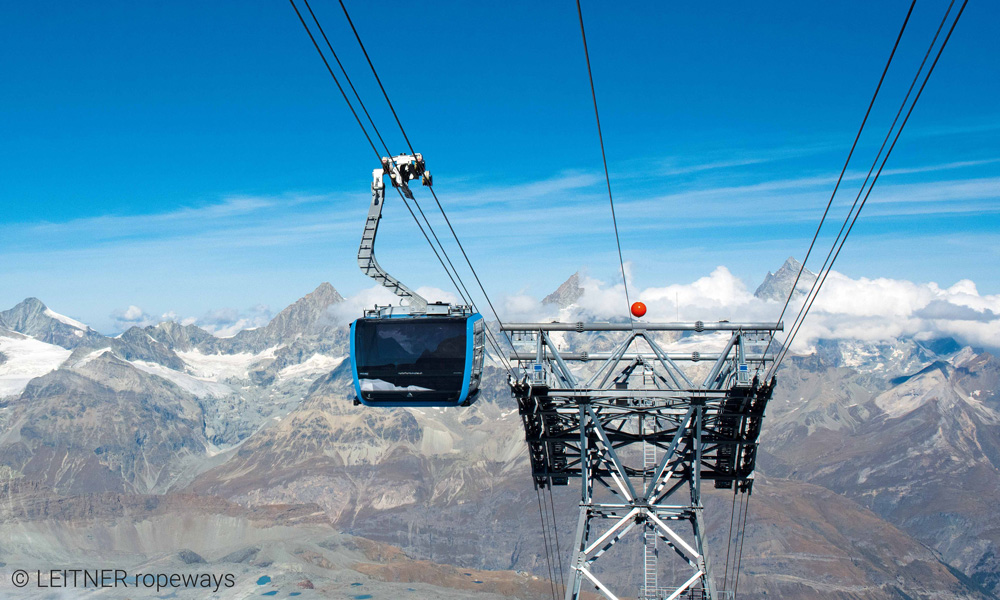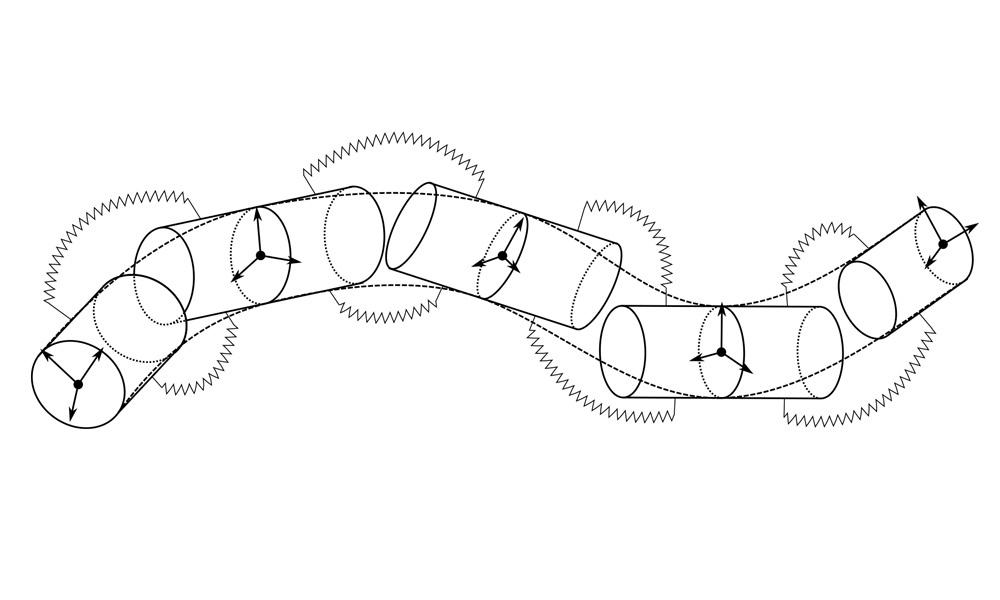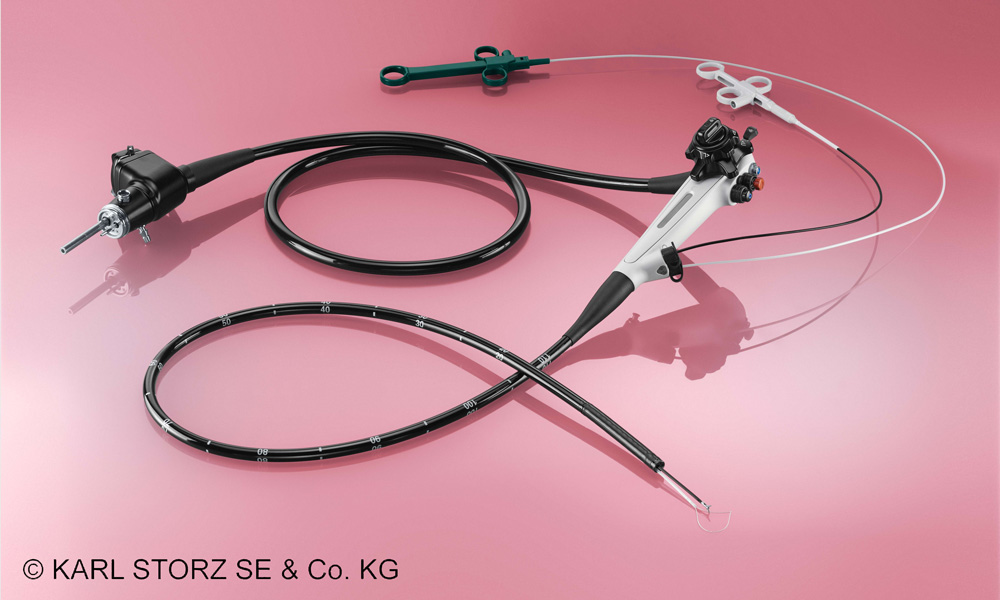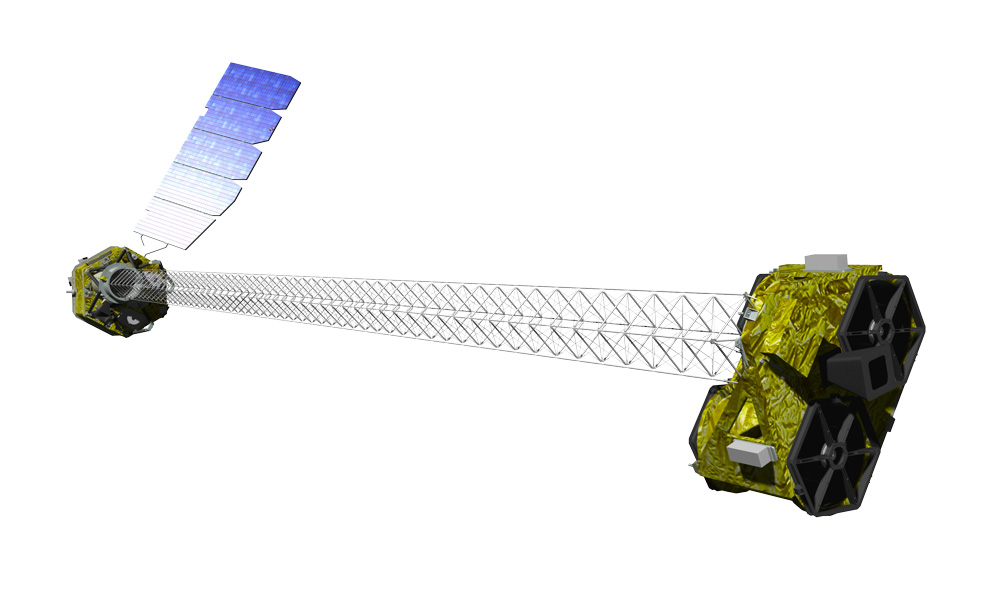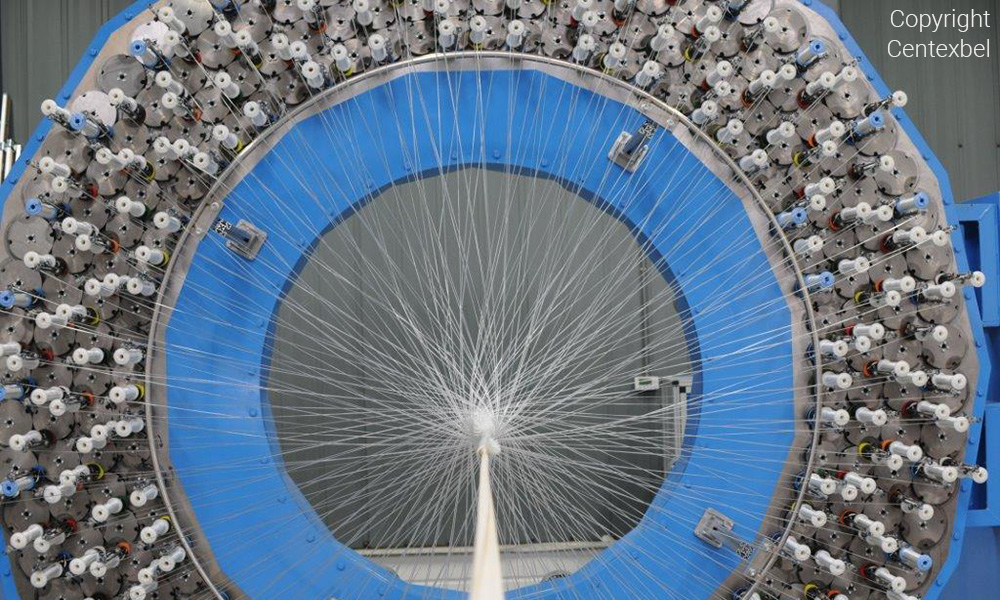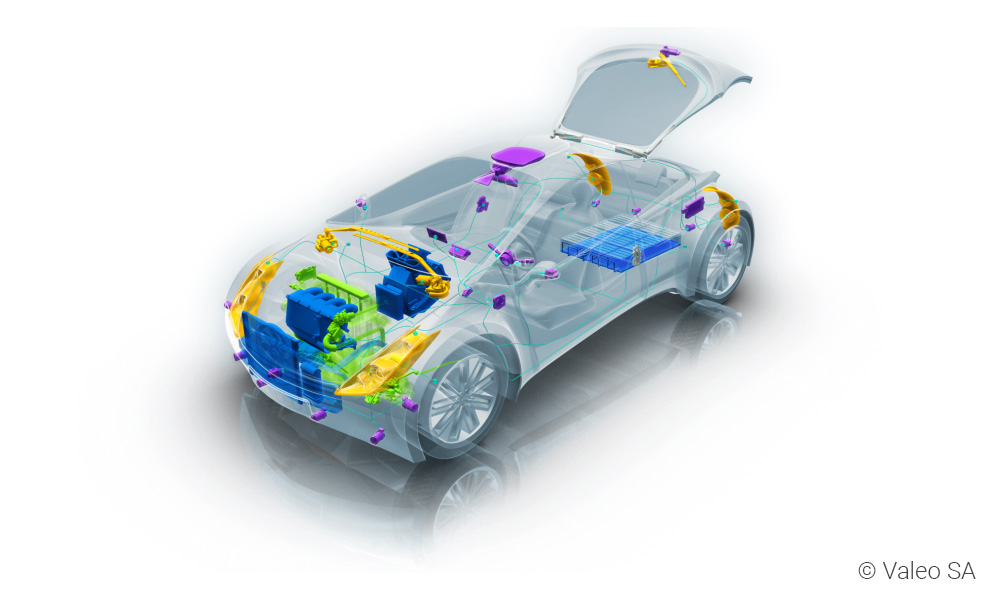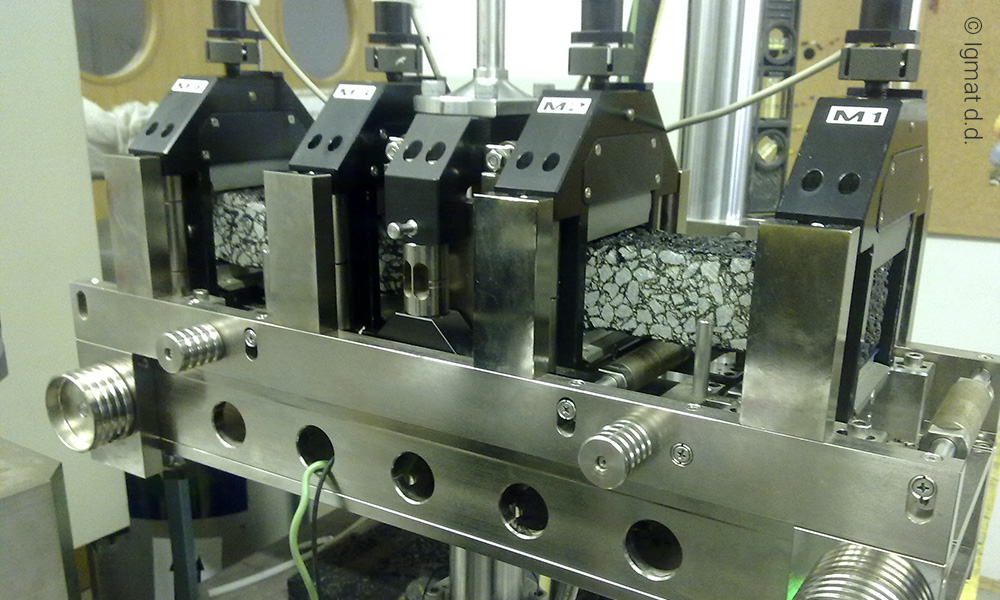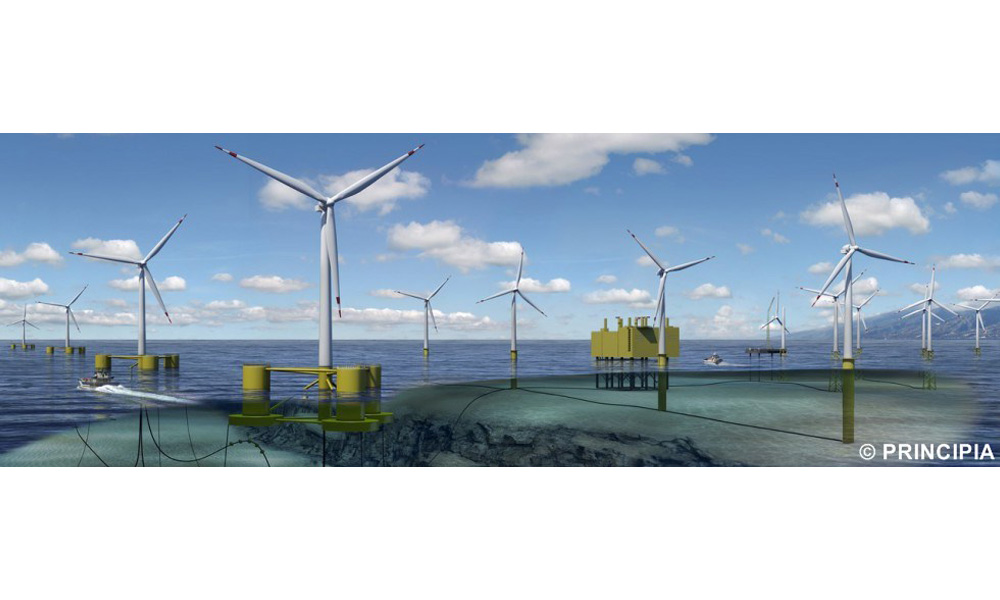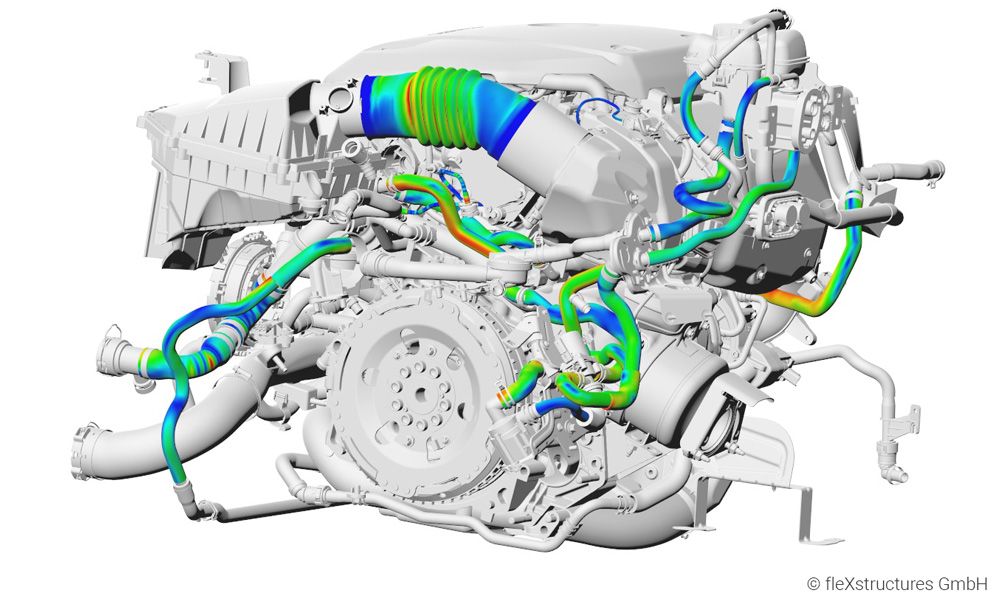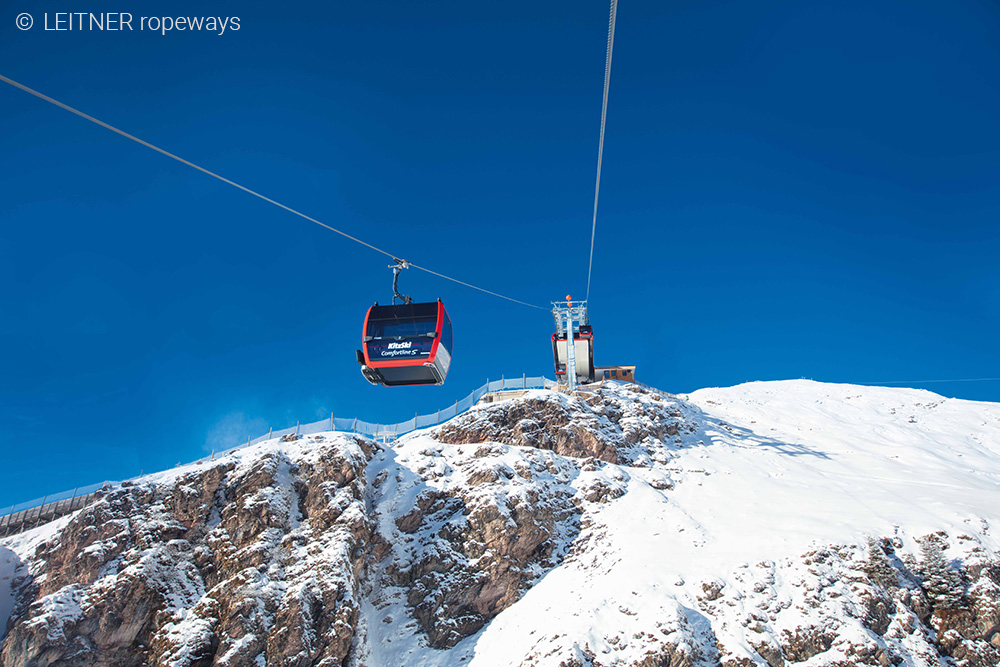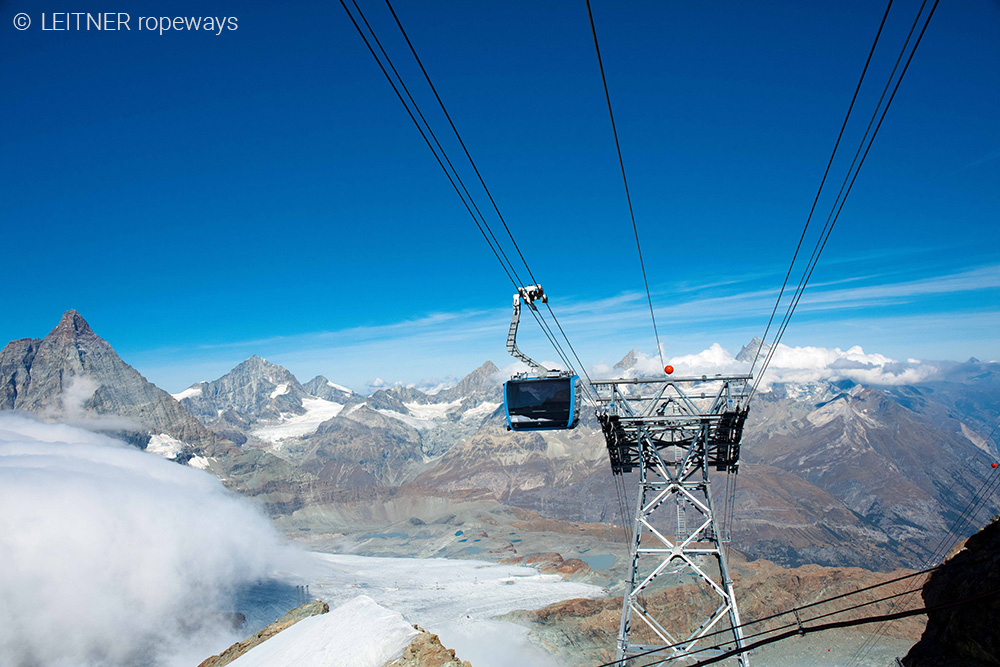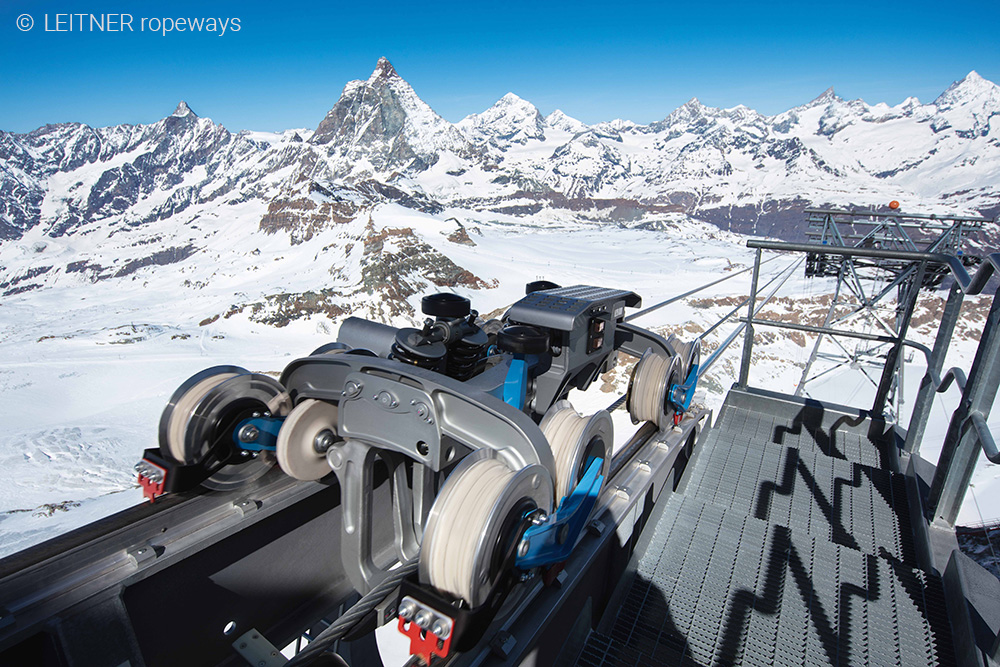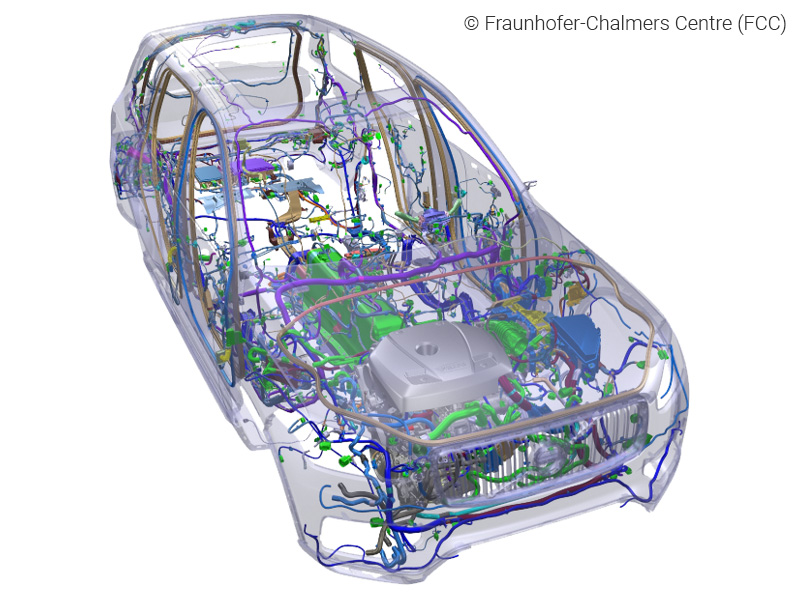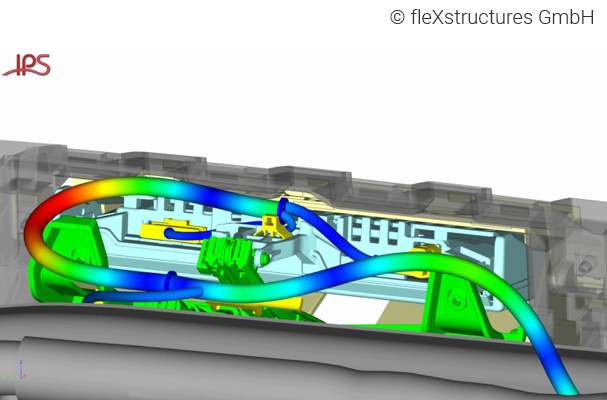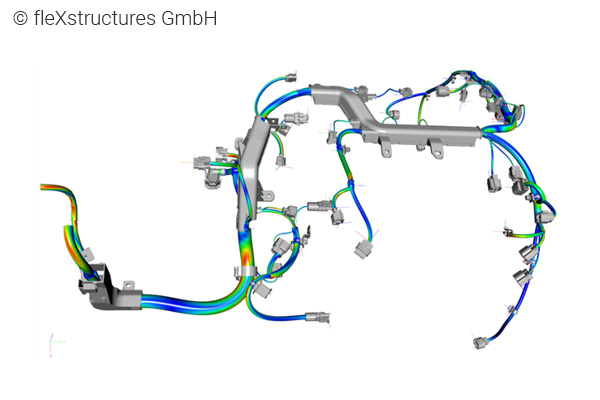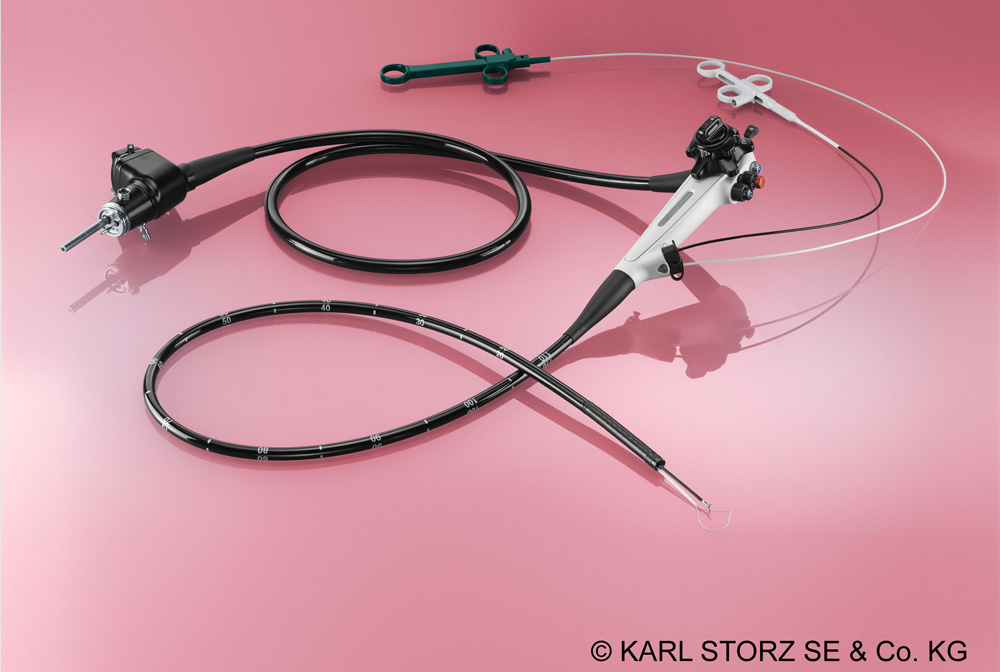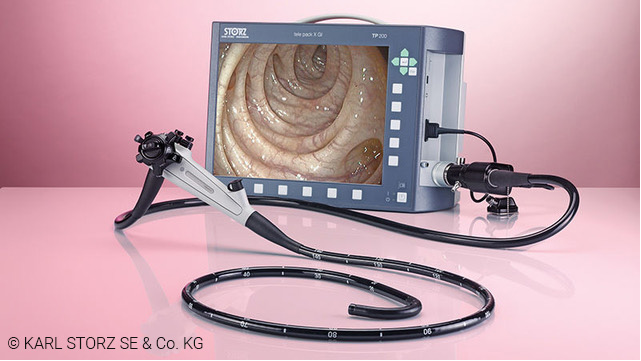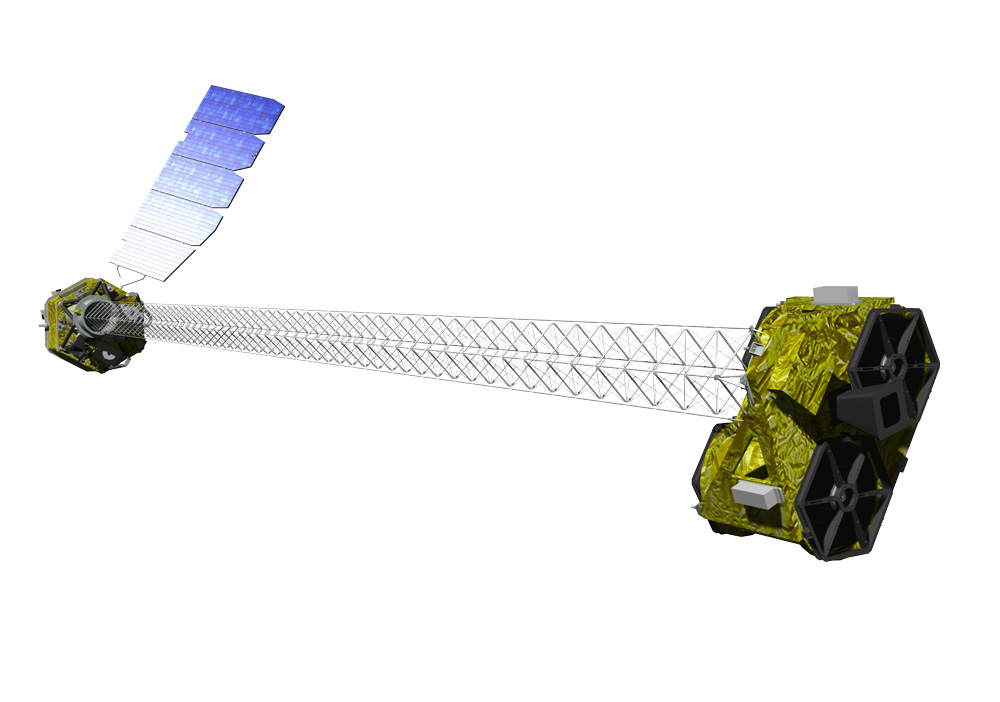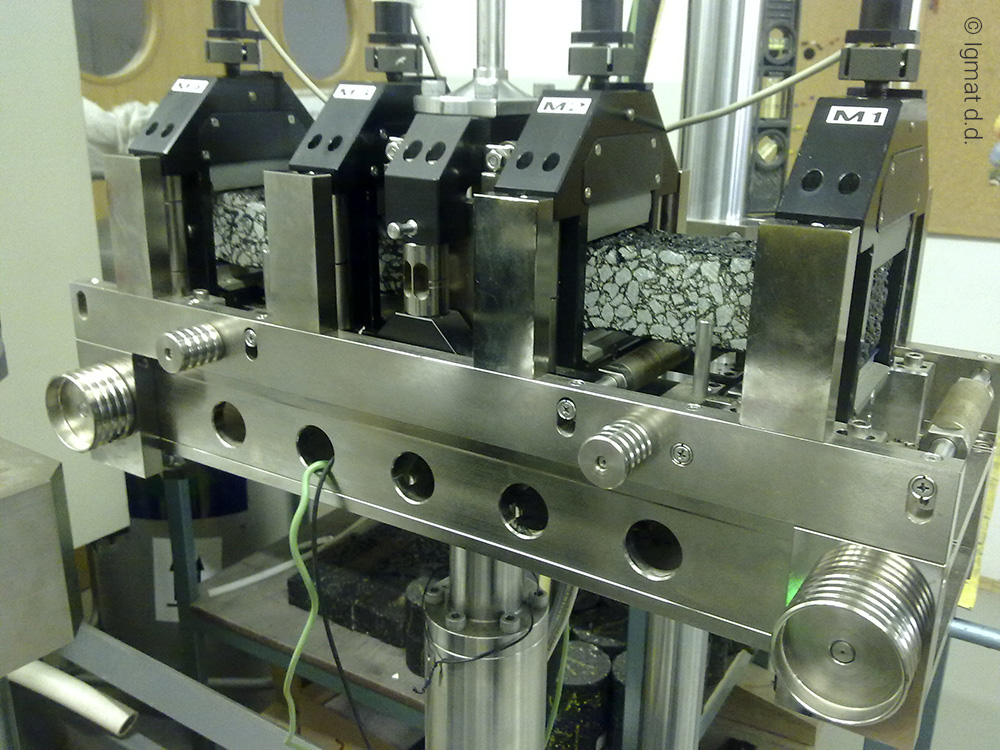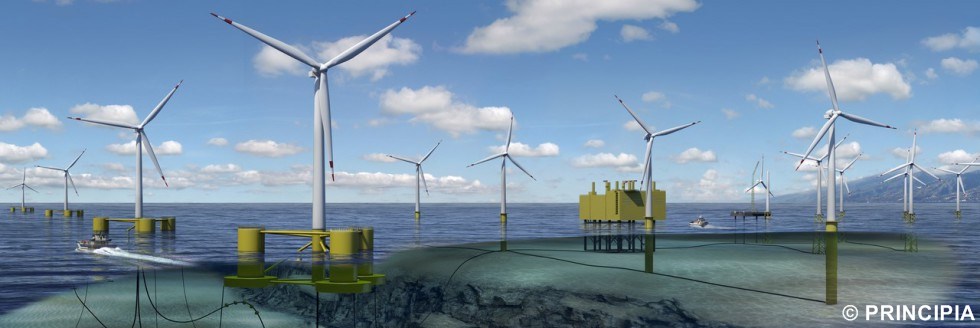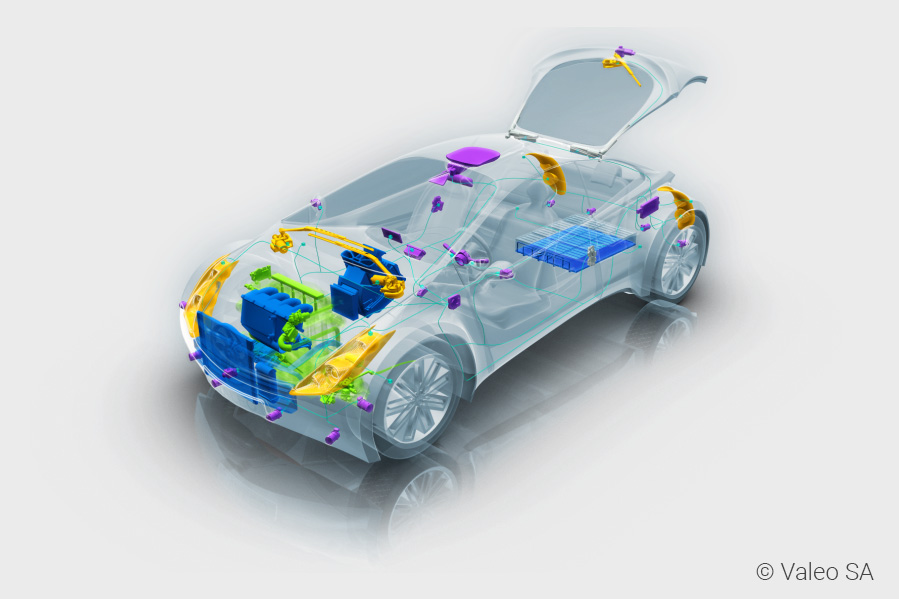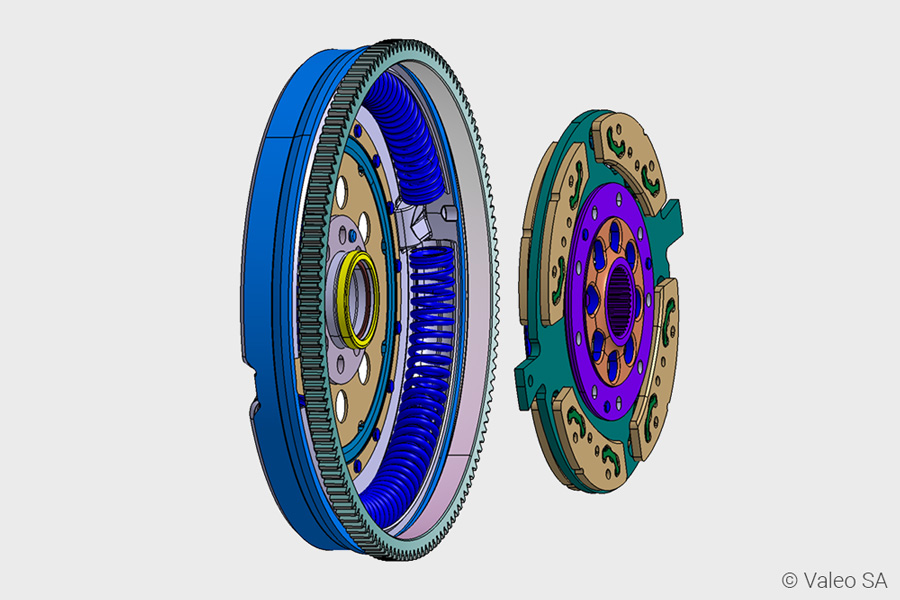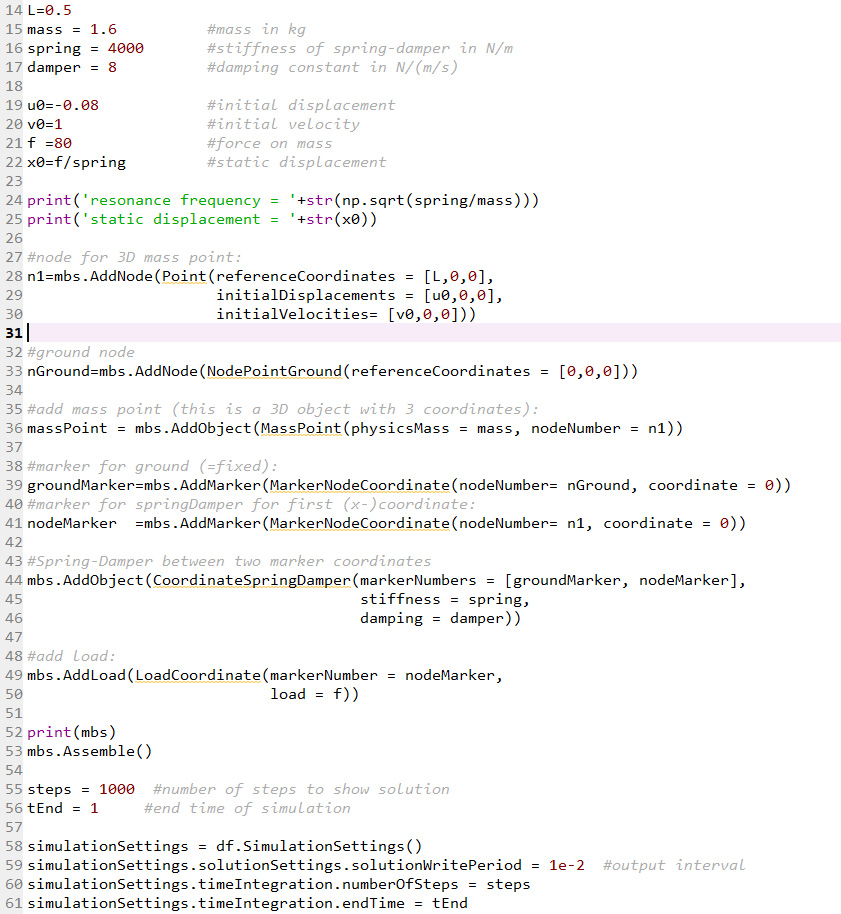October 2019 – March 2024
Numerical Modelling of Highly Flexible Structures
Highly flexible slender structures like yarns, cables, hoses or ropes are essential parts of high-performance engineering systems. The complex response of such structures in real operational conditions is far beyond the capabilities of current modelling tools that are at the core of modern product development cycles.
Addressing this requires a new generation of brilliant scientists. From October 2019 to March 2024, Marie Skłodowska-Curie funding of the THREAD project brought together young mechanical engineers and mathematicians to develop mechanical models and numerical methods for designing highly flexible slender structures, and to support the development of future virtual prototyping tools for products where such structures have a key role in functional system performance.
THREAD was a unique network of universities, research organisations and industry which by addressing fundamental modelling problems enabled the field to better meet the needs of different industries. A group of 14 Early Stage Researchers (ESRs) received comprehensive training covering state-of-the-art research topics along the modelling of highly flexible slender structures for industrial applications (see below) as well as valuable transferable skills. They benefitted from close cooperation with twelve industrial partner organisations implementing a comprehensive programme of research secondments and contributing their experience.
The THREAD project was successfully completed in March 2024.
Background: Industrial Challenges (ICs)
THREAD addresses nine major industrial challenges in various fields. Every participating organisation contributes to one or several challenges, and each challenge is addressed by a team involving at least one academic and one non-academic partner. In her/his individual project, each ESR will thus be able to gain insight into both current industrial applications and the related pressing scientific challenges.
Modelling of continuous yarn and cable structures for the simulation of textile manufacturing processes
IC1 deals with the manufacturing of technical textiles for medical applications or composite pre-forms using the 3D braiding process. In this process, the mechanical interactions between hundreds of yarns should be adequately controlled to generate the desired final layout.
Property measurements, modelling and simulation of endoscopes for medical applications
The characterisation of the multilayered structure of medical endoscopes is of utmost importance to model their deformation behaviour and to simulate the navigation within narrow curved tubes within the human body.
Modelling and simulation of slender structures and cables for offshore engineering
Analysing structural fatigue of important structural components for the offshore industry and offshore floating wind farms, such as marine riser systems, floaters and mooring lines requires advanced tools that deal with various sources of damping and complex cross-sectional properties in power cables.
Design of nonlinear vibration absorbers based on thin rods with large amplitude motions for rotating automotive drivelines
In the automotive industry, thin rods with large amplitude motions are studied to design nonlinear vibration absorbers able to reduce the torsional vibrations of rotating automotive drivelines.
Development of open-source software and new solutions for industrial software
The development of industrial simulation codes or open-source platforms based on ground-breaking mathematical formulations and numerical methods is a major industrial challenge on its own: software companies base their activities on such simulation codes and provide sales, marketing and training services to their customers whereas engineering companies need reliable software tools to support and consult industry in the development of high-tech products.
Work Packages
The industrial challenges call for a new generation of modelling and simulation methods which will be provided by aligning the individual activities of the 14 ESRs around the network research and training programmes, based on research-oriented work packages (WP1, WP2, WP3) and the training work package WP4.
Advanced constitutive laws for slender structures
WP1 focuses on real and virtual experiments to study and understand the mechanical behaviour of complex flexible structures, such as multi-filament cables, multi-wired harnesses or composite slender structures, on the mesoscopic and macroscopic level. Sectional 1D models are then proposed to capture the observed constitutive laws.
Interactions of 1D structures in a 3D world
WP2 addresses the modelling of the external interactions of rods with their environment in operating conditions and the internal interactions between multiple rods with frictional contact effects, e.g. within a system or a multi-fibre composite structure. Cutting-edge and consistent spatial discretisation schemes are also established.
Geometric numerical methods for rod system dynamics
WP3 develops system-level simulation methods and geometric time integration algorithms able to deal with dynamic interactions between many flexible rods and their environment in large scale models resulting from WP1 and WP2 while respecting and preserving the nonlinear mathematical structure of the problem.

